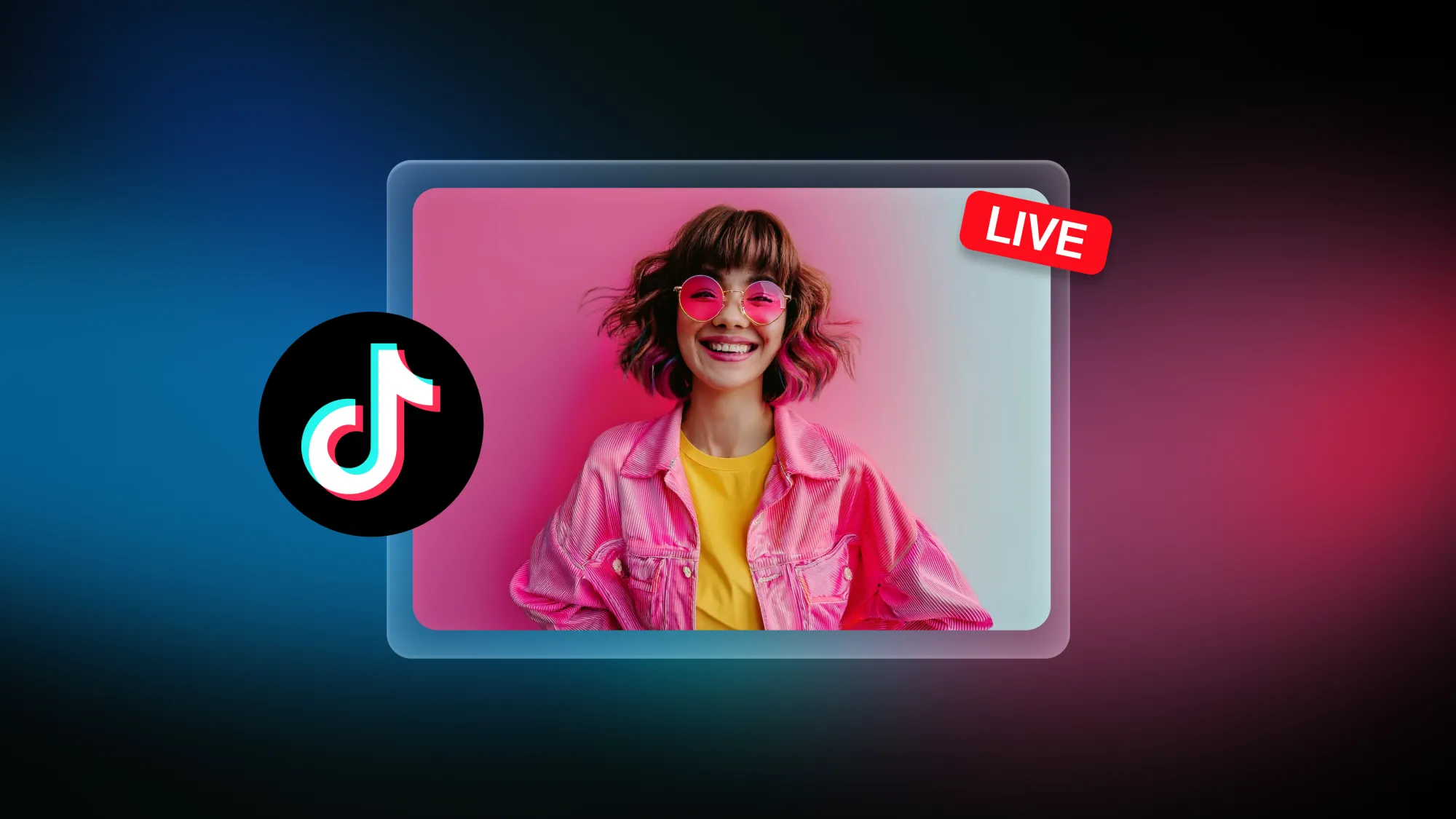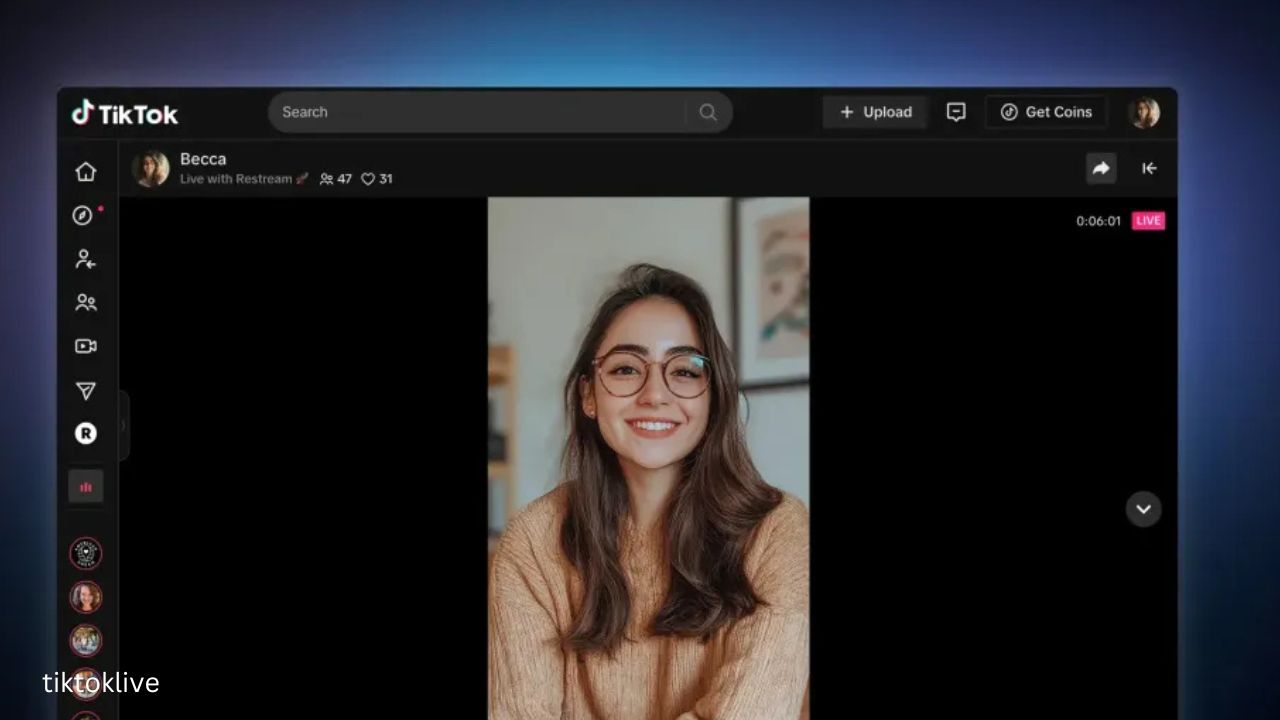
How to Find Your TikTok Stream Key on Mobile
TikTok Live is big. More and more creators want to share their world directly from their phones. But sometimes, you want to do more than just stream from the app. Maybe you have a fancy setup with a gaming console, an extra camera, or cool overlays. That’s when you hit a wall: how do you connect your mobile stream to pro tools like OBS or Stream labs?
The trick often involves a “stream key.” This key links your broadcasting software to TikTok. But finding it on your phone for mobile streaming setups can feel impossible. Don’t worry; you’re not alone in this puzzle.
This guide will show you exactly how to find your TikTok stream key. We will walk you through the steps to get that key and use it for a smooth, high-quality broadcast from your phone. You’ll learn the best ways to go live, even if TikTok doesn’t make it obvious. Get ready to TikTok Stream Key on Mobile like a pro!
Understanding TikTok Live Streaming Basics
Before we dive into finding the key, let’s get clear on what a stream key is. Knowing this helps you understand why it’s so important for your live broadcasts.
What is a TikTok Stream Key?
A stream key is like a secret password for your live broadcast. It’s a special code that connects your streaming software, like OBS Studio or Streamlabs Desktop, to TikTok’s live platform. Think of it as a unique ID that tells TikTok, “Hey, all this video and audio is coming from my account!”
When you start a stream from your software, it sends your video and audio data to TikTok’s servers. The stream key makes sure TikTok knows it’s your stream and puts it on your profile for your followers to see. Without this key, your streaming software wouldn’t know where to send your live content. It’s truly essential for any external broadcasting setup TikTok Stream Key on Mobile.
Why Stream Key Access is Limited on Mobile
You might wonder why it’s so tough to find the stream key right in the TikTok mobile app. It’s actually by design. TikTok’s phone app is mainly built for quick, easy, direct live streams. Most users just tap “Go Live” and start talking or showing what they’re doing.
This simple setup means TikTok doesn’t typically show you the stream key. They want to keep things easy and safe. Giving direct access to a stream key on your phone could also pose security risks. If your phone gets lost or hacked, someone might use your key to stream from your account without you knowing.
So, TikTok makes the in-app streaming super simple. For more advanced streaming that needs a stream key, they expect you to use their Live Studio software on a computer or access your creator tools through a web browser. But don’t worry, there are ways around this. You can still get that key and use it for your mobile stream ideas.
Finding Your TikTok Stream Key (The Desktop Method)
Since the TikTok mobile app doesn’t show you the stream key directly, you need to use a different path. The most reliable way to get your TikTok stream key is through a web browser, either on a computer or by using a desktop view on your mobile device. This is often called the “desktop method” because it mirrors how you’d access it on a desktop computer.
Accessing TikTok Live Settings via a Web Browser
To begin, you’ll need to open a web browser. This can be Chrome, Firefox, Safari, or any other browser you prefer. You can do this on your laptop, desktop computer, or even your phone. If you’re using your phone, make sure to request the “desktop site” version of TikTok’s website. This step is super important, as the mobile version of the site usually won’t show you the TikTok Stream Key on Mobile options you need.
Step 1: Log In to the TikTok Website Open your chosen web browser and go to www.tiktok.com. Once the page loads, look for the “Log In” button. This is usually in the top right corner of the screen. Click or tap on it. You’ll then need to enter your TikTok account details. Use the same username and password you use for your TikTok app. If you’ve linked your account to Google, Facebook, or another service, you can use those options to log in quickly. Make sure you log into the correct account where you want to stream.
Step 2: Navigate to Creator Tools/Settings After you’re logged in, look for your profile picture or icon. It’s typically in the top right corner of the screen. Click or tap on it. A menu will drop down. In this menu, you’re looking for something like “Creator Tools,” “TikTok Live Studio,” or “Go Live.” The exact wording might change a bit over time, but it will always be related to creating content or managing your live streams. If you don’t see it right away, you might need to click on “Settings” or “Preferences” first, and then look for a section related to live streaming or broadcasting.
Step 3: Locate “Go Live” or “Live Studio” Option Once you’ve found the right section, you should see an option to “Go Live” or a link to “TikTok Live Studio.” Click or tap on this. This action won’t start your stream immediately. Instead, it will take you to a setup page. This page is where you configure your live stream before it goes public. It’s here that TikTok gives you the details you need for external streaming. If you are prompted to download “TikTok Live Studio” software, you can usually find a link on the same page that says something like “Stream via RTMP” or “Use external encoder.” This is the path you want.
Identifying the TikTok Stream Key on Mobile
Now you’re on the live setup page. This is where the magic happens. You’ll see various settings for your stream, like your stream title, topic, and privacy settings. But more importantly, you will find two crucial pieces of information: the Stream Key and the Server URL.
Locating the Key and URL: Look closely on this page. You should see a section titled “Stream Key” or “RTMP URL.” The “RTMP URL” is also known as the Server URL. Both of these are long strings of letters and numbers. They often appear with a “Copy” button next to them. These are the unique identifiers that your broadcasting software will use to connect to TikTok. The stream key is usually hidden by default for security, so you might need to click an “eye” icon or a “Show” button to reveal it.
Copying the Information: This step is super important. You need to copy both the Stream Key and the Server URL exactly. Don’t miss any characters, extra spaces, or make typos. The easiest way to do this is to click the “Copy” button next to each one. This button automatically puts the full string into your device’s clipboard. You’ll then paste these into your broadcasting software. If you’re copying them manually, be extra careful. A single wrong character will prevent your stream from connecting.
Security Best Practices: Your stream key is very sensitive information. Treat it like a password. Anyone who has your stream key and server URL can stream to your TikTok account. This means they could broadcast anything, good or bad, under your name. Never share your stream key with anyone you don’t trust completely. If you accidentally show it on screen during a stream or suspect someone has seen it, you can usually regenerate a new one from the same TikTok live setup page. Just look for a “Refresh” or “Generate New Key” button. Regenerating a key makes the old one useless, keeping your account safe. Always keep your stream key private.
Setting Up Mobile Live Streaming with Your Stream Key
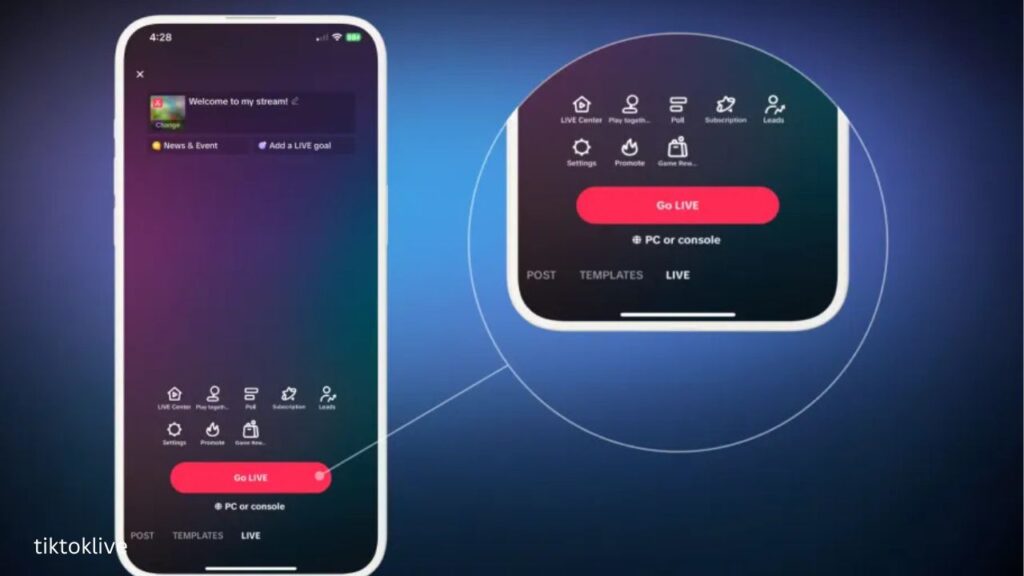
Once you have your TikTok stream key and server URL, the real fun begins! Now, you can connect your mobile device to your streaming setup. Since TikTok doesn’t offer a direct mobile app way to use the key, we’ll explore three main methods. Each has its own benefits and setup complexity.
Method 1: Using a Computer and Capture Card (Advanced)
This method is for those who want the highest quality and most control over their mobile streams. It’s perfect for streaming mobile games or using your phone as a dedicated camera. It needs some extra gear, but the results are fantastic.
Hardware Requirements:
- A strong computer: This will run your broadcasting software (like OBS or Streamlabs) and handle the video processing.
- A capture card: This is a device that takes video and audio from one source (your phone) and sends it to your computer. There are internal capture cards (that go inside your PC) and external ones (that connect via USB). For mobile streaming, an external USB capture card is often easier. Look for one that supports HDMI input.
- HDMI cables: You’ll need one to connect your phone’s adapter to the capture card.
- Mobile device to HDMI adapter: Most phones don’t have an HDMI port directly.
- For iPhones: You’ll need an Apple Lightning Digital AV Adapter. This plugs into your iPhone’s charging port and has an HDMI output.
- For Android phones: You might need a USB-C to HDMI adapter (if your phone supports “DisplayPort Alt Mode” over USB-C) or an MHL adapter for older phones. Check your phone’s specs to be sure.
- Reliable internet connection: A stable wired (Ethernet) connection for your computer is best for smooth streaming.
Connection Process:
- Connect your phone to the adapter: Plug your Lightning or USB-C to HDMI adapter into your mobile device’s charging port.
- Connect the adapter to the capture card: Use an HDMI cable to connect the HDMI output from your phone’s adapter to the HDMI input on your capture card.
- Connect the capture card to your computer: Plug the capture card (usually via USB) into your computer. Your computer should recognize it as a new device.
Software Configuration (OBS/Streamlabs): Now, open your broadcasting software, like OBS Studio or Streamlabs Desktop, on your computer.
- Adding Video Source: In your broadcasting software, look for the “Sources” box (usually at the bottom of the screen). Click the “+” button to add a new source. Choose “Video Capture Device.” Give it a name like “Mobile Phone Capture.” In the settings, select your capture card from the dropdown menu (e.g., “Elgato Cam Link,” “AverMedia Live Gamer Portable”). Your phone’s screen should now appear in the preview window of your broadcasting software. You might need to adjust the resolution settings to match your phone’s output, usually 1920×1080 (1080p).
- Adding Audio Source: You’ll also need to get your phone’s audio. Some capture cards send audio along with video. In your broadcasting software, check the “Audio Mixer.” If you see audio levels moving for your video capture device, you’re good. If not, you might need to add an “Audio Input Capture” source and select the audio input from your capture card. Make sure the audio from your phone isn’t too loud or too quiet. Adjust the volume sliders in the mixer.
- Inputting Stream Key: Go to the “Settings” menu in your broadcasting software (usually a gear icon). Click on “Stream.”
- For “Service,” select “Custom” or “Custom Streaming Server.”
- For “Server” or “URL,” paste the TikTok Server URL you copied earlier.
- For “Stream Key,” paste the TikTok Stream Key you copied earlier.
- Click “Apply” and then “OK” to save these settings.
- Starting the Stream: Once all your sources are set up and your stream key is in place, you’re ready to go live. Make sure your microphone is working and all audio levels are good. In your broadcasting software, click the “Start Streaming” button. Your live content will now be sent to TikTok!
Real-world Example: Imagine you’re a mobile gamer who loves playing Mobile Legends: Bang Bang or Call of Duty Mobile. You connect your iPhone to a capture card, which feeds the game video and audio to your PC running OBS. In OBS, you add your webcam, game capture, and a cool overlay with your TikTok username. You paste your TikTok stream key and server URL into OBS, then hit “Start Streaming.” Your followers on TikTok can now watch your mobile gameplay in high quality, with your face cam and custom graphics, all thanks to your stream key setup.
Method Using a TikTok Stream Key on Mobile Mirroring Software (Intermediate)
This method is a bit less involved than using a capture card. It lets you display your phone screen on your computer wirelessly or via USB, then capture that mirrored screen with your broadcasting software. It’s great for showcasing apps, tutorials, or casual mobile game streams without needing extra hardware like a capture card.
Software Options: There are many good mobile mirroring apps. Some popular and reliable choices include:
- Vysor: Easy to use, connects via USB. Has a free version with some limits.
- AirDroid: Offers wireless mirroring, file transfer, and remote control.
- ApowerMirror: Supports both USB and Wi-Fi connections, high-quality mirroring.
- LonelyScreen (for iOS): Turns your computer into an AirPlay receiver.
- Reflector (for iOS/Android): A robust option that supports AirPlay, Google Cast, and Miracast.
Setup Process: The general steps are similar for most mirroring software:
- Installation: You’ll need to install the mirroring software on both your mobile device (from its app store) and your computer (from the software’s official website). Make sure you download from trusted sources.
- Connection:
- USB Connection: This is often the most stable option. Connect your phone to your computer using a USB cable. On Android, you might need to enable “USB Debugging” in your phone’s Developer Options for some apps to work.
- Wi-Fi Connection: Both your phone and computer must be on the same Wi-Fi network. The mirroring software will usually give you instructions, like scanning a QR code with your phone or entering a code displayed on your computer.
- Mirroring the Screen: Once connected, the software will project your phone’s screen onto a window on your computer desktop. You should see everything happening on your phone instantly reflected on your computer screen.
Integration with Broadcasting Software: Now, open OBS Studio or Streamlabs Desktop on your computer.
- Window Capture: In your broadcasting software, go to the “Sources” box and click the “+” button. Choose “Window Capture.” Give it a name like “Mirrored Phone.” In the settings, select the window that is showing your mirrored phone screen (e.g., “Vysor – Google Chrome” or “ApowerMirror”). Your phone screen should now appear in the preview. You can then resize this window within your broadcasting software to fit your stream layout.
- Audio Capture: This is often the trickiest part with mirroring software.
- Some mirroring apps can forward audio directly to your computer. Check the mirroring software’s settings for an “audio mirroring” or “output audio to PC” option. If it works, you might see a new audio device appear in your computer’s sound settings, which you can then add as an “Audio Input Capture” source in OBS.
- If the mirroring software doesn’t send audio, you might need a workaround. This could involve using an audio cable from your phone’s headphone jack to your computer’s line-in port (if it has one). Or, use a separate microphone near your phone’s speaker (but this can lead to lower quality audio). For Android users, some apps like “Wired Audio Routing” can force audio through USB.
- Always test your audio before going live!
- Stream Key Input: Just like with the capture card method, you need to tell your broadcasting software where to send the stream. Go to “Settings” in OBS/Streamlabs, click “Stream,” select “Custom,” and then paste your TikTok Server URL into the “Server” field and your TikTok Stream Key into the “Stream Key” field. Click “Apply” and “OK.”
Actionable Tip: Before you go live, always do a quick test stream. You can stream to a private or unlisted YouTube video, or even just record a local file. This lets you check your video quality, audio balance, and make sure everything is in sync. You don’t want to find out your audio is cutting out or your game is lagging after you’ve started your live TikTok broadcast. Test, test, test!
Method 3: Third-Party Mobile Streaming Apps (Use with Caution)
You might find apps on your phone’s app store that claim to let you stream directly to TikTok using a stream key. These are often called “third-party mobile streaming apps.” While they might seem convenient, they come with significant risks.
App Identification: These apps often pop up when you search for “TikTok live stream key” or “mobile RTMP streaming.” They promise to make the process easy, but they are not officially supported by TikTok. Examples might include apps that offer direct RTMP input fields.
Risks and Considerations: It’s important to understand why this method should be approached with extreme care.
- Security Concerns: This is the biggest risk. When you use an unverified third-party app, you often grant it permissions to your phone’s camera, microphone, and even network access. If the app is poorly coded or, worse, malicious, it could expose your personal data, access your accounts, or even install malware on your device. Your stream key itself, if entered into such an app, could be stolen. Always stick to apps from reputable developers with many positive and recent reviews.
- TikTok’s Terms of Service: TikTok’s rules are very clear about using third-party tools. While they allow external streaming through RTMP (which is what Live Studio and OBS do), they prefer you use their official channels. Using unapproved third-party mobile apps could potentially violate TikTok’s terms of service. This might lead to your streams being taken down, temporary bans, or even a permanent ban of your account. It’s a risk you should be aware of.
- Performance Issues: Even if an app is not malicious, it might simply be poorly optimized. This can lead to a terrible streaming experience. You could face constant lag, dropped frames, poor video quality, audio sync issues, or frequent app crashes. This not only makes your stream look bad but also frustrates your audience. Official methods, even if they require a computer, usually offer much more stable and higher-quality performance.
Recommendation: Given the security, account, and performance risks, it is strongly advised to stick to the official methods described in Method 1 (capture card) or Method 2 (mirroring software) if you want to use a stream key with your mobile device. These methods, while needing a computer, offer a much safer, more stable, and higher-quality streaming experience. Only use third-party apps if you’ve done extensive research, checked their reputation, and understand the potential risks involved. Your TikTok account and personal data are too important to risk on unverified software.
Troubleshooting Common Mobile Streaming Issues
Even with the best setup, you might run into problems. Streaming from a mobile device, especially with an external setup, can be tricky. Knowing how to fix common issues will save you a lot of headaches.
Audio and Video Sync Problems
Nothing is worse than watching a stream where the sound doesn’t match the picture. This is called A/V sync or lip-sync delay. It can make your stream hard to watch.
Cause Analysis:
- Network Latency: Your internet connection might be causing delays. If data isn’t moving fast enough, audio and video can get out of sync.
- Device Performance: Your phone or computer might not be powerful enough to handle both the mirroring/capture and the encoding for the stream at the same time. This creates a bottleneck.
- Incorrect Software Settings: Broadcasting software like OBS has settings to intentionally delay audio or video. If these are wrong, it causes sync issues.
- Hardware Delays: Some capture cards or adapters might introduce a slight delay.
Solutions:
- Adjusting Latency in Broadcasting Software: OBS and Streamlabs have a powerful tool for this. In the “Audio Mixer” section, click the gear icon next to your audio source (e.g., “Desktop Audio” or your microphone). Choose “Advanced Audio Properties.” Here, you’ll see a setting called “Sync Offset.” If your video is behind your audio (you hear something before you see it), you need to add a positive millisecond delay to your audio. If your audio is behind your video, you need to add a positive millisecond delay to your video source. Start with small adjustments, like 50ms, then 100ms, and keep testing until it looks right.
- Optimizing Device Performance:
- Close unnecessary apps: On both your phone and computer, close any apps running in the background that you don’t need for your stream. They eat up processing power and RAM.
- Ensure sufficient storage space: Low storage can slow down your device. Make sure your phone and computer have plenty of free space.
- Lower game settings: If you’re streaming a mobile game, try reducing its graphics settings on your phone. This makes it easier for your phone to run the game and for the capture/mirroring software to handle the video.
- Checking Internet Speed: Go to a website like Speedtest.net and check your upload speed. For stable streaming, you usually need at least 5-10 Mbps upload for 1080p quality. If your upload speed is too low, you might need to lower your stream’s bitrate (see below). A wired Ethernet connection for your computer is always better than Wi-Fi for streaming.
Poor Stream Quality or Lag TikTok Stream Key on Mobile
A choppy or pixelated stream can make viewers click away quickly. It’s often due to your setup struggling to keep up.
Identifying Bottlenecks:
- Internet Connection: Is your upload speed too low for the quality you’re trying to send?
- Device Processing Power: Is your computer or phone CPU/GPU maxing out?
- Broadcasting Software Configuration: Are your settings too high for your system to handle?
Recommended Settings (in OBS/Streamlabs): Go to your broadcasting software’s “Settings” -> “Output” tab.
- Bitrate Adjustment: This is the most crucial setting for quality versus internet speed.
- What it is: Bitrate (measured in kilobits per second, kbps) is how much data your stream sends per second. Higher bitrate usually means better quality, but it needs more upload speed.
- How to adjust: If your stream is lagging or pixelated, your bitrate might be too high for your internet. Reduce it.
- For 720p (30fps) streams: Try 2500-4000 kbps.
- For 1080p (30fps) streams: Try 3500-6000 kbps.
- Start on the lower side and increase gradually if your internet can handle it without issues. Never set your bitrate higher than 75-80% of your stable upload speed.
- Resolution and Frame Rate:
- Output Resolution (Scaled Resolution): This is the resolution your stream will be sent to TikTok. If your computer or internet struggles with 1080p (1920×1080), try lowering it to 720p (1280×720).
- Frame Rate (FPS): This is how many frames per second your stream sends. 30 FPS is generally good for most mobile streams. If you’re having lag, try dropping from 60 FPS to 30 FPS.
- Encoder Settings:
- Encoder: This is the part of your computer that compresses your video.
- x264 (Software Encoder): Uses your CPU (processor). Good for high-quality, but demands a powerful CPU.
- NVENC (NVIDIA GPU) / AMF (AMD GPU): Uses your graphics card. This is often better as it offloads work from your CPU and usually performs well with less impact on gaming/applications. If you have a dedicated graphics card, use its encoder.
- Encoder: This is the part of your computer that compresses your video.
- Encoder Preset/Quality: Most encoders have presets (e.g., “Fast,” “Medium,” “Max Quality”). Faster presets use less CPU/GPU but might look slightly worse. Slower presets use more resources but can look better. Start with a “Fast” or “Performance” preset and increase if your system can handle it.
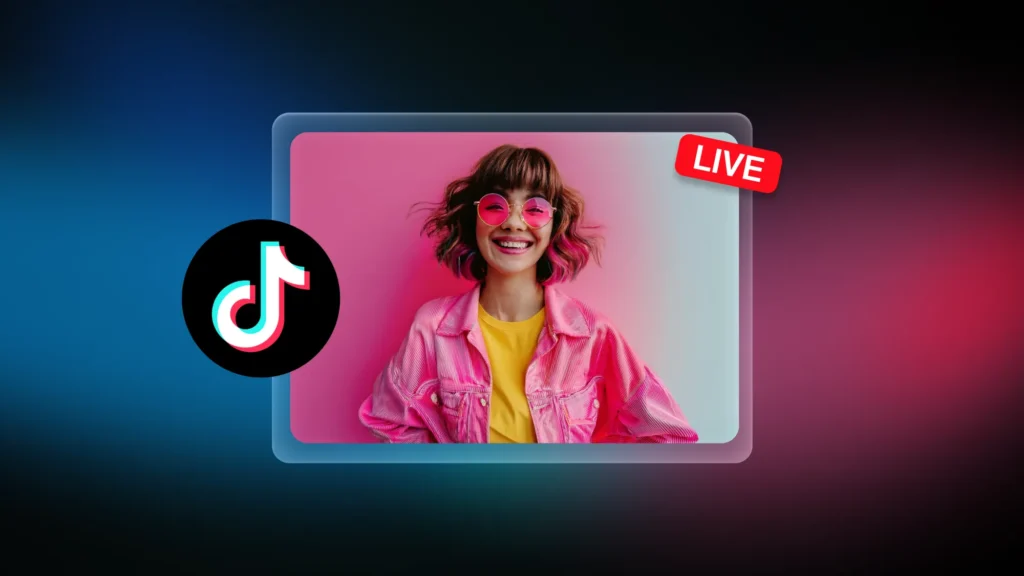
Stream Key or Server URL Errors
You’ve entered the key, but your stream won’t connect. This is usually an easy fix.
- Double-Checking Input: The most common mistake. Go back to your broadcasting software’s stream settings. Carefully compare the Stream Key and Server URL you entered against the ones you copied from TikTok’s website. Look for:
- Extra spaces: Even a single space before or after the key/URL will break it.
- Typos: If you manually typed it, a single wrong character will cause an error.
- Missing characters: Make sure the entire string is there.
- The best way is always to use the “Copy” and “Paste” buttons.
- Key Expiration: TikTok stream keys aren’t permanent. They can sometimes expire, especially if you haven’t streamed for a while or if TikTok updates its system. If you’ve double-checked your input and it’s still not working, go back to TikTok’s website, regenerate a brand new stream key, copy it, and paste it into your broadcasting software. This fixes the issue most of the time.
- Contacting Support: If you’ve tried all the above and still can’t connect, there might be a larger issue. Contact TikTok Support directly. Provide them with details of your problem, what methods you’ve tried, and any error messages you’re seeing. They can look into your account and provide specific help. You might also check the support forums for your broadcasting software (OBS, Streamlabs) as other users might have faced similar problems and found solutions.
Enhancing Your TikTok Stream Key on Mobile
Finding your stream key and getting your setup working is a huge win. But don’t stop there! You can do so much more to make your TikTok mobile streams look professional and stand out. Let’s make your content shine.
Optimizing Your Mobile Device for Streaming
Your phone is the star of the show. Make sure it’s ready for its big moment.
- Close Background Apps: This is crucial. Before you start mirroring or capturing your phone’s screen, swipe away or force-close any apps running in the background. They use up your phone’s processing power and RAM, which can lead to lag, overheating, and overall poor stream performance. You want your phone to dedicate all its resources to the game or app you’re showing and the video output.
- Charge Your Device: Seriously, plug it in! Live streaming is very demanding on your phone’s battery. A fully charged phone or, better yet, one plugged into a power source, ensures your stream won’t suddenly cut out because of a low battery. Overheating can also be an issue, so ensure your phone is in a well-ventilated area.
- Stable Internet Connection: While you’re primarily using your computer’s internet for the actual stream, your phone still needs a good connection for mirroring or capture. Use Wi-Fi whenever possible. If your Wi-Fi is shaky, try moving closer to your router or using an Ethernet adapter for your phone if it supports it. A strong, stable Wi-Fi signal on your phone means smoother data transfer to your computer.
- Notification Management: Pop-up notifications from other apps (text messages, emails, social media) can interrupt your stream. They can show private information, cover your content, or just distract your viewers. Before going live, turn on “Do Not Disturb” mode on your phone. This silences calls and hides notifications, letting you stream without interruptions.
Utilizing Broadcasting Software Features TikTok Stream Key on Mobile
This is where you make your stream look truly unique and engaging. Your broadcasting software (OBS, Streamlabs) is a powerful tool.
- Overlays and Alerts:
- Overlays: These are custom graphics that sit on top of your video. Think of a cool frame around your webcam, a custom background for your screen, or a “Now Playing” banner. You can design them yourself or find free/paid ones online. Add them as “Image” sources in your broadcasting software.
- Alerts: These are animated pop-ups that appear when someone follows you, subscribes, sends a gift, or leaves a comment. They make your stream interactive and reward viewers for their support. Streamlabs and other services offer built-in alert boxes that you can add as “Browser Source” in your broadcasting software. Customizing these alerts makes your stream feel alive.
- Scene Management: Don’t just stick to one view. Create different “scenes” in your broadcasting software.
- Starting Soon Scene: A screen with a countdown or “Be Right Back” message.
- Main Stream Scene: Your primary layout with your game, webcam, chat, etc.
- Break Scene: A screen for short breaks or intermissions.
- Ending Scene: A “Thanks for Watching” screen.
- You can switch between these scenes with a single click, making your stream feel more professional and organized.
- Chat Integration: Staying connected with your audience is key.
- Pop-out Chat: You can often pop out the live chat from TikTok’s website and add it as a “Browser Source” in your broadcasting software. This lets you see and read chat messages directly on your stream monitor.
- Stream Deck/Macros: For quick responses, consider setting up a Stream Deck or keyboard macros with common phrases or emojis. This lets you interact with chat without taking your hands off your game or main activity.
- Call out viewers by name: Engaging with people directly makes them feel seen and encourages more participation.
- Recording Streams: Even if you’re live, you can record your entire broadcast at the same time. This is a smart move.
- Re-purpose content: You can then edit these recordings into shorter highlights for TikTok, YouTube Shorts, Instagram Reels, or other platforms.
- Improve future streams: Watching your old streams helps you spot areas for improvement, like audio issues, awkward pauses, or missed chat messages. This is a great learning tool.
Understanding TikTok Live Engagement and Monetization
You’ve got a great looking stream. Now, let’s talk about how to get more people watching and how to potentially earn money.
- Viewer Interaction: Your audience loves to feel involved.
- Respond to chat: Read out comments and questions. Answer them in real-time.
- Ask questions: Get viewers talking. “What’s your favorite mobile game?” “Where are you watching from?”
- Polls: Use TikTok’s live poll feature (or if your software supports it) to get instant feedback or let viewers vote on what you do next.
- Q&A sessions: Dedicate a part of your stream to answering questions from your audience.
- Shout-outs: Give a quick shout-out to new followers or anyone who leaves a nice comment. This makes people feel special.
- Gifts and Diamonds: TikTok has its own virtual currency system.
- Gifts: Viewers can buy “Coins” and use them to send “Gifts” (like roses, hearts, or lions) to you during your live stream. Each gift has a Coin value.
- Diamonds: When viewers send you Gifts, TikTok converts them into “Diamonds.” You can then convert these Diamonds into real money and withdraw them.
- Encourage gifts naturally: Don’t beg for gifts. Instead, create engaging content that makes people want to support you. Thank viewers genuinely when they send gifts, and acknowledge them.
- Best Practices for Growth:
- Consistent Streaming: Try to stream at regular times and on specific days. Your audience will know when to tune in. Consistency builds loyalty.
- Promote Your Streams: Don’t just go live and hope people find you. Announce your streams on your TikTok feed, other social media, and even in your TikTok bio. Tell people what you’ll be doing.
- High-Quality Content: Even with a great setup, your content itself must be entertaining, informative, or unique. Focus on what makes you special.
- Engage Off-Stream: Interact with your followers through comments, DMs, and regular video posts. The more they feel connected to you outside of live streams, the more likely they are to show up when you go live.
- Review your analytics: TikTok provides analytics for your live streams. Look at viewer count, peak viewers, and engagement rates. Use this data to figure out what works best for your audience.
Conclusion TikTok Stream Key on Mobile
Finding your TikTok stream key on mobile isn’t as straightforward as just tapping a button in the app. But as you’ve seen, it’s absolutely possible to unlock powerful mobile streaming. We’ve covered everything from understanding what a stream key is to getting it from TikTok’s website, and then connecting it to your broadcasting software.
Whether you choose the advanced capture card setup for top quality, the versatile mirroring software for ease, or even consider third-party apps with caution, you now have the knowledge. You can take your mobile content beyond simple in-app streams. You’re ready to add custom overlays, switch scenes, and interact with your audience in new ways.
So, why wait? Grab your phone, visit TikTok on your browser, get that stream key, and start experimenting. Try out these methods. See what works best for your content and your audience. The world of high-quality mobile streaming on TikTok is now open to you. Go live, share your passions, and connect with your community like never before.
- Download Google Chrome Enterprise

- Download Google Chrome Enterprise Your Comprehensive Guide to Secure Deployment and Management
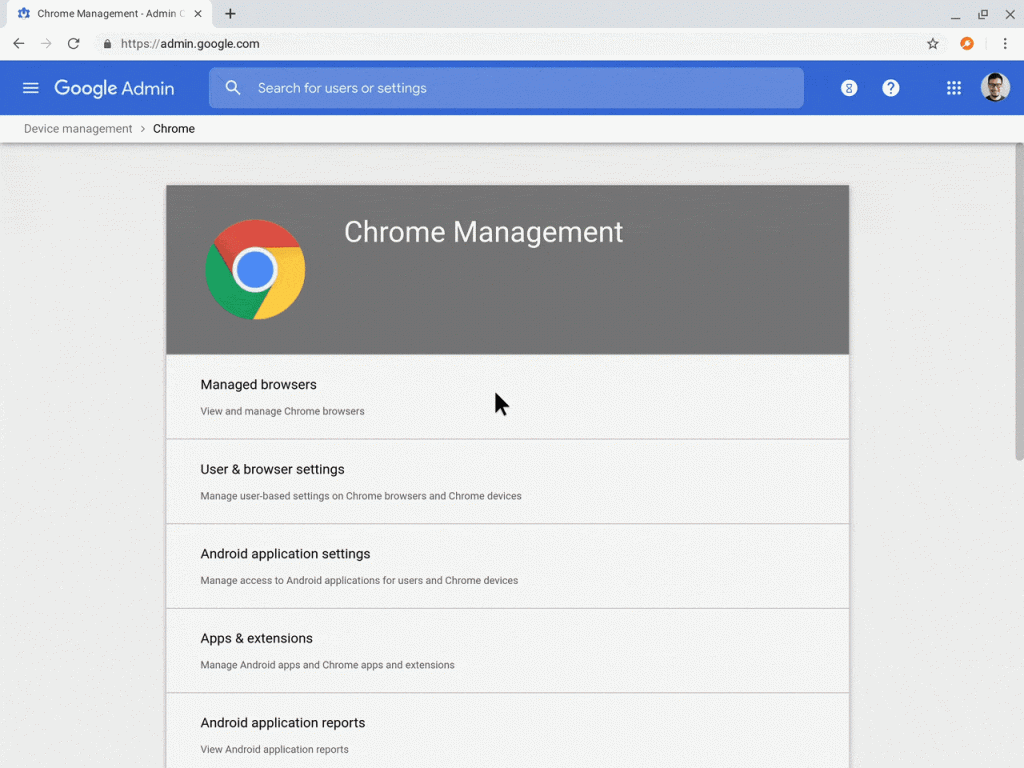
- GoMovies Your Go To Spot for Free Movies & TikTok Live Shows Online
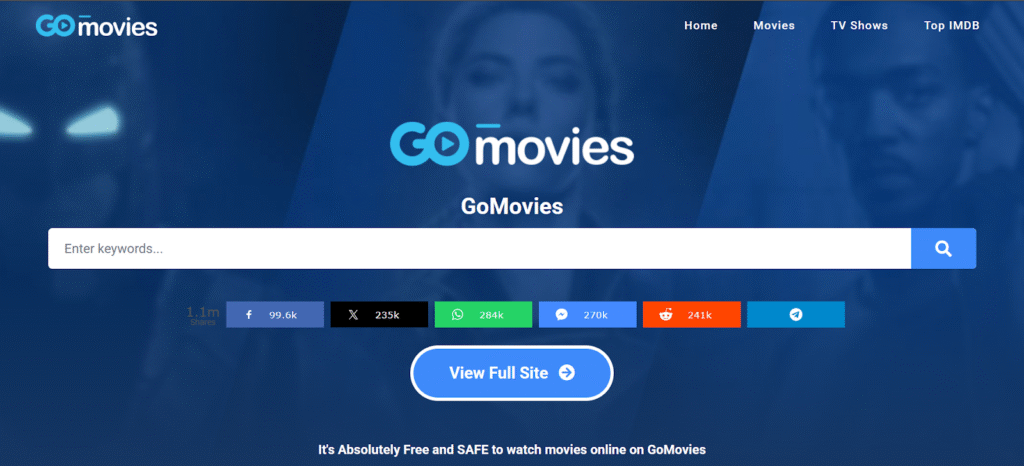
- How People Earn Money on TikTok Live Complete Breakdown
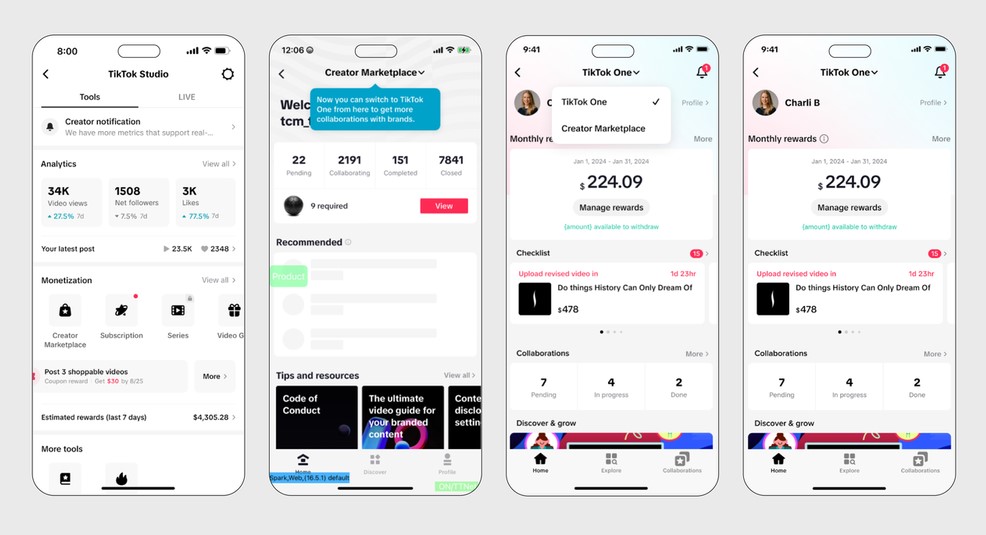
- How to Find Your TikTok Live Stream Key Ultimate Step by Step 2025 Guide
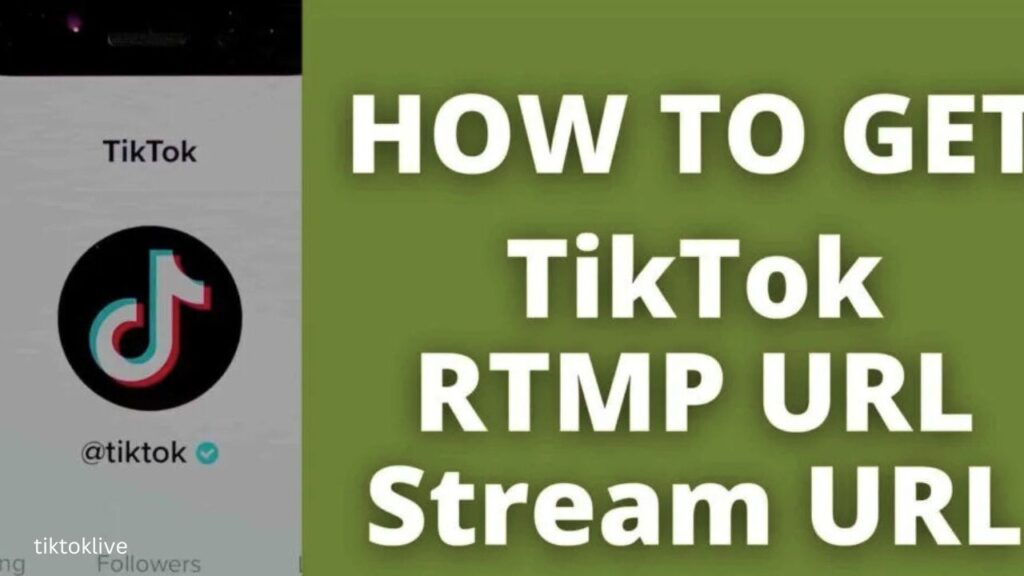
- How to Find Your TikTok Stream Key on Mobile


